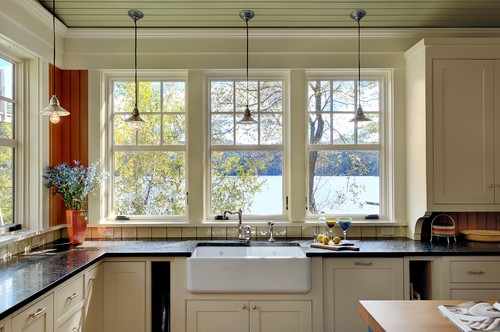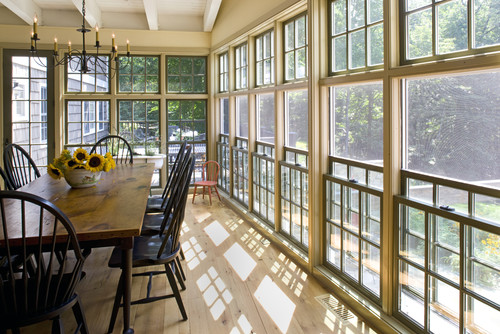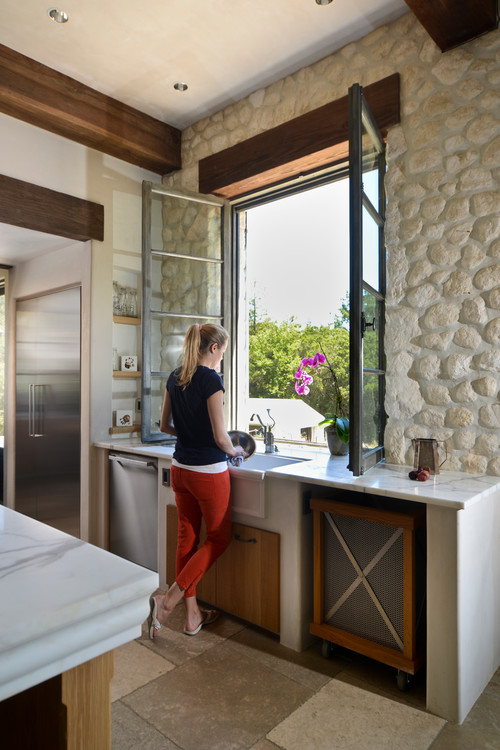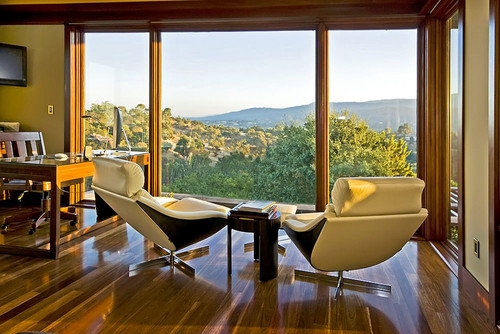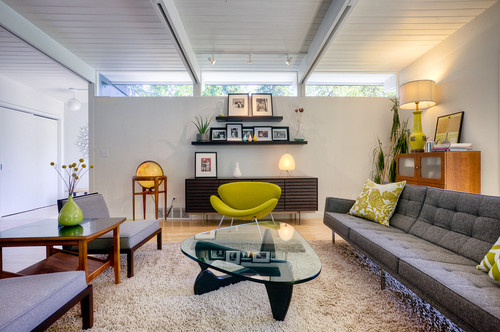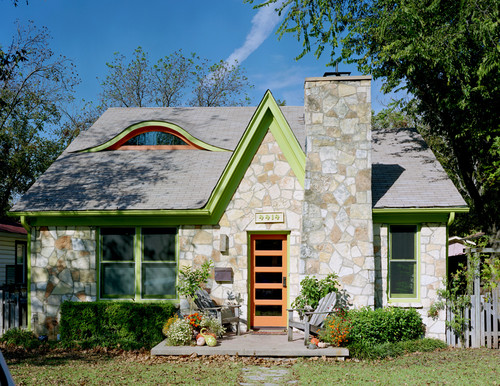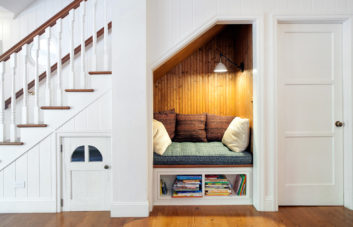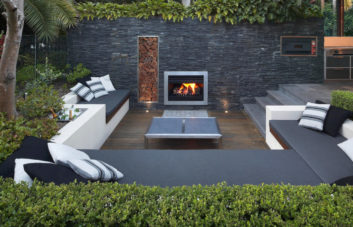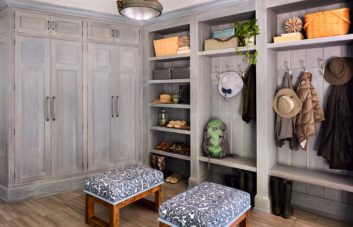Imagine a home without windows. Depressing. Dark. More like a shed (or a bomb shelter) than a home.
Now, most people don’t consider a home without windows. It’s practically unheard of. But the type and shape of the windows in your home are almost as important as the existence of the windows themselves!
An improperly sized window or the wrong style has a negative effect on both the inside and outside of the home, providing inadequate light, ventilation, and/or architectural appeal. And even if you’ve chosen the perfect windows—paned just right, harmonizing with your home’s exterior, and flooding your interiors with light—they lose their magic the moment they’re streaked with grime or clouded by dust.
Clean windows are like clear eyes for your home, revealing its beauty and letting the light pour in, unfiltered and alive. But let’s face it, keeping those windows sparkling isn’t exactly a weekend hobby most people enjoy. That’s why trusting professionals who treat each pane like a canvas matters. Ecoshine Window Cleaning brings that kind of care—precision, attention to detail, and a commitment to making your windows look as fresh as the day they were installed. Whether it’s the topmost skylight or a wide living room bay window, the difference between a clean and a truly gleaming window is subtle but profound.
Because when your windows are this clean, your home doesn’t just look better—it feels lighter, brighter, and more alive.
And just as the size and shape of a window can elevate or diminish a space, so too can the quality of the window itself. Old, drafty panes not only compromise energy efficiency but also dilute the character of a room, casting uneven light and creating cold spots that make certain corners feel unwelcoming. That’s why replacement windows aren’t just a cosmetic upgrade—they’re a crucial part of maintaining the comfort and value of your home.
Choosing thoughtfully designed, properly installed replacements ensures your space gets the airflow, insulation, and natural light it deserves. Wallaby Windows of Nashville specializes in exactly this kind of transformation, offering high-quality, energy-efficient windows that enhance both function and curb appeal. Their team understands that a window isn’t just a hole in the wall—it’s a frame for your life, and getting it right makes all the difference in how your home feels and performs day to day.
To help you find the best windows among the dizzying array of options, we’ve compiled a guide to the most popular types of windows.
Windows may shape how a home looks and feels, but keeping those spaces clean and well-maintained is what preserves their value over time. For homeowners and property managers alike, outsourcing janitors or cleaning services provides the consistency and professional care needed to ensure interiors remain as fresh and inviting as the windows themselves. From spotless glass to tidy common areas, reliable cleaning helps maintain both comfort and presentation, supporting the overall health and longevity of any property.
Double-hung
Double-hung windows are the most common style. They consist of two “sashes” (or panes) that slide vertically in the frame, with the ability to open from the top or bottom. These windows are safer for households with young children: open the top part of the window for effective ventilation without the dangers of accessible open windows.
A single-hung window is similar to a double-hung window, with one notable exception: only the bottom pane is movable. Same style, less versatile.
Casement windows are hinged on the right or left side and operated by a crank to open outward. They’re easy to operate and can offer uncluttered views with clean, single-pane construction.
Virtually vertical casement windows, awning windows are hinged at the top to open outward. They’re typically placed above, below, or alongside other windows or doors for extra light or ventilation.
The picture window is a large stationary window that lets in the maximum amount of light and views of the outdoors.
This clever window is “framed” for the full “picture” effect:
Transom windows are narrow windows generally mounted above a door or window for more light. They may be operating or stationary and are sometimes shaped for extra visual interest.
Sliding windows consist of at least one operating pane that glides horizontally over a track past a neighboring pane. They’re modern and easy to operate, ideal for hard-to-reach areas.
These windows protrude from the exterior of the home, providing more interior space. They’re typically made up of several windows, generally with a stationary window in the center and operating windows on either side. A bay or bow window invites built-in window seats or furniture while letting in more light and allowing for a better view.
Bow windows are a more curved version of bay windows.


